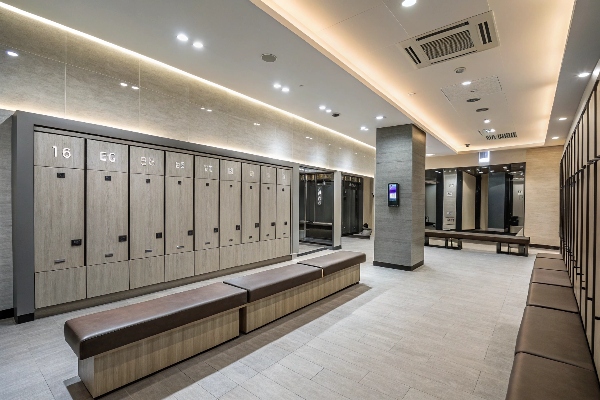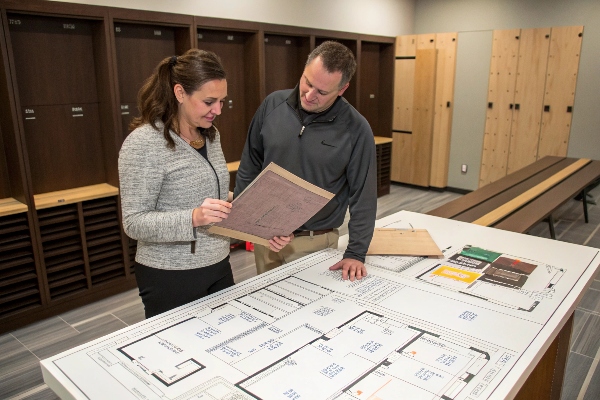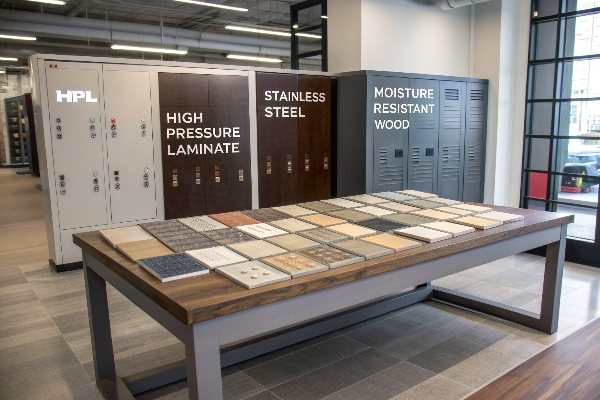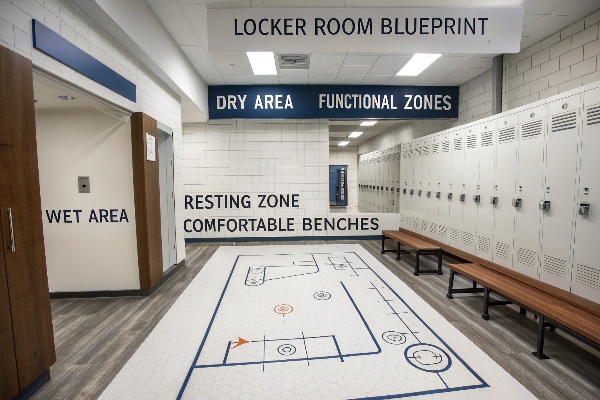A worn-out, uninviting locker room can ruin the experience in any facility. But blending functionality with style is simpler than it seems.
To create a locker room that balances functionality and style, prioritize durable materials like HPL or steel, ergonomic design features, and convenient storage solutions. This approach supports a clean, organized, and modern look, enhancing user satisfaction and space efficiency.

Understanding these elements is key to designing a locker room that feels both practical and inviting.
What are the key elements of a functional locker room?
Outdated, cluttered locker rooms can be frustrating. Functionality hinges on materials, layout, ventilation, and lock types.
A functional locker room must incorporate durable materials, efficient layout, active and passive ventilation, and a secure lock system to ensure convenience and user satisfaction. Combining these elements supports a clean, organized, and inviting space.

To delve further into these aspects, consider how each component complements the others.
Key Elements Breakdown
| Element | Description |
|---|---|
| Materials | HPL or steel for durability |
| Layout | Modular designs maximize space |
| Ventilation | Mixed active/passive systems for freshness |
| Locking System | Electronic or combination locks for security |
How to choose durable materials for stylish lockers?
Fragile lockers undermine the space. When choosing materials, consider aesthetics and longevity.
Selecting HPL or steel is optimal for stylish lockers. Both materials offer durability and aesthetic flexibility, with options like vibrant colors or wood finishes, ensuring a sleek, contemporary look that withstands everyday use.

Explore the advantages of each material to see how they enhance both style and function.
Materials Comparison
| Material | Advantages | Disadvantages |
|---|---|---|
| HPL | Stylish, customizable, durable | Higher initial cost |
| Steel | Long-lasting, robust | Can appear industrial |
What color schemes work best for modern locker rooms?
A drab color palette can dull any room’s appeal. Instead, aim for modern and welcoming tones.
Neutral palettes with splashes of bold color work best for modern locker rooms. This approach maintains a professional look while introducing vibrancy and energy to the space, creating an inviting atmosphere.

Take a look at color theory to understand how it influences emotions and atmosphere.
Color Schemes Exploration
| Scheme | Description | Effect |
|---|---|---|
| Neutral | White, gray, beige | Clean and timeless |
| Bold Accent | Splashes of blue or red | Adds energy and interest |
How to maximize space in a compact locker room?
Compact spaces often feel cramped. Maximize room use for comfort and efficiency.
To maximize space in compact locker rooms, choose modular lockers, incorporate built-in seating, and optimize layout for traffic flow. This strategy ensures adequate storage and a welcoming, open area.

Consider innovative storage solutions and space-saving techniques.
Space Optimization Strategies
| Strategy | Benefit |
|---|---|
| Modular Lockers | Adaptability and easy rearrangement |
| Built-in Seating | Utilizes floor space efficiently |
| Optimized Layout | Enhances traffic flow and accessibility |
Conclusion
Designing a locker room that merges style and function involves wise material choices, efficient layout, and modern aesthetics.
What’s your experience with creating locker rooms? Share your thoughts in the comments below!

